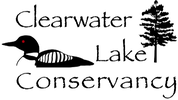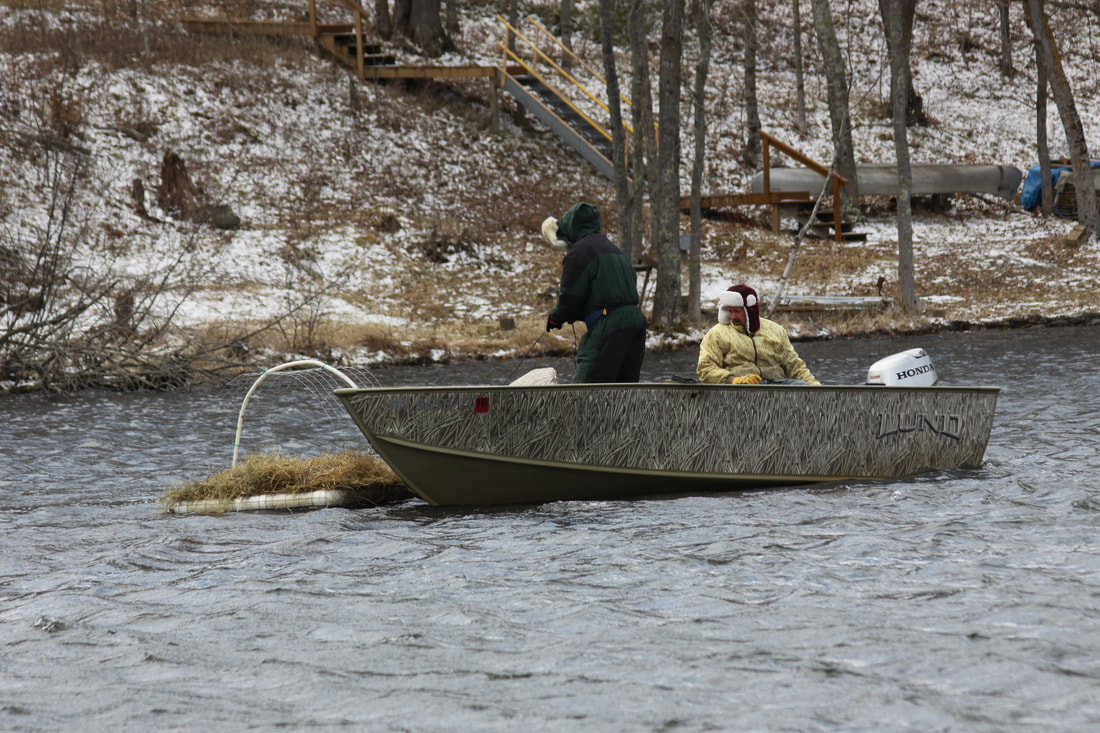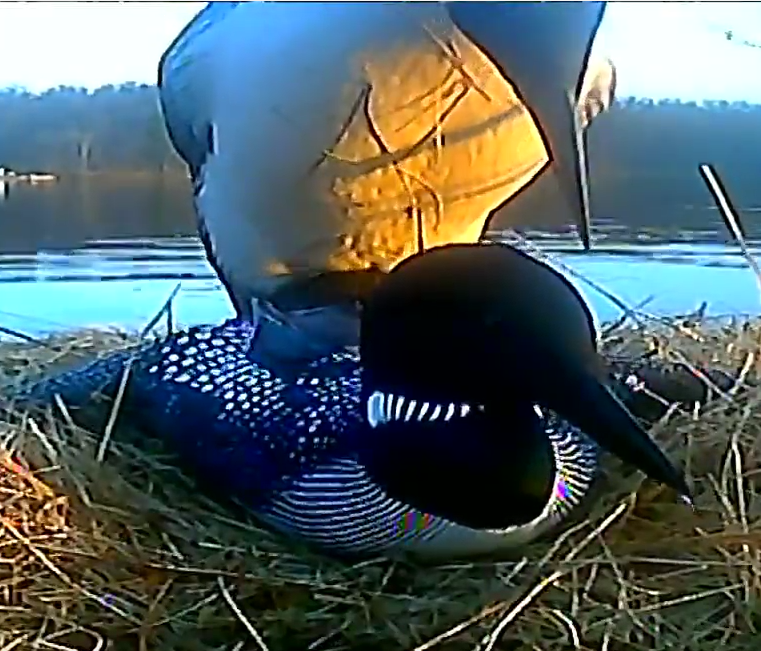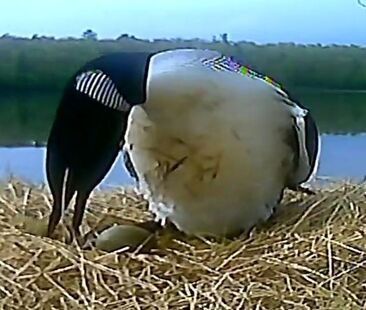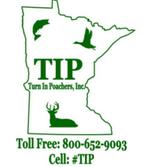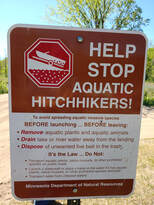Putting out the Platforms
|
Placing the nests early in the season is critical. They are placed the first weekend after ice out. This is usually in early April. This job can be a little chilly!
The nests need to be vegetated before they are placed. We buy a couple bales of hay and hand stuff the screen. 4 people can vegetate and place the 9 nests in about 6-hours. Checking the NestsChecking the nests on a near-daily basis for the first couple weeks is essential to discourage muskrats and otters from taking over the nests as feeder houses. Jeff cleans the nests each day trying to discourage the muskrats until the loons start nesting. Once the loons are sitting on the nest, they will drive the rats away.
|
The loons are Back!
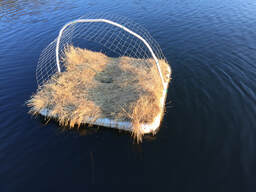
The loons will be back in the area before ice out. You will hear them fly over the nesting areas every day looking to see if the lake is open. Often times they will land in their nesting bay even when the lake is froze. The male returns first and stakes out the nesting territory ahead of the female. This may include fighting off young males who try to take over a bay.
If the nests are not set early, the returns pairs may move on looking for a new area. Returning pairs can use the same nest for over 10-years.
If the nests are not set early, the returns pairs may move on looking for a new area. Returning pairs can use the same nest for over 10-years.
Eggs are usually laid the first week of May and chicks hatch 25-days later. Once the chicks are hatched they are in the water within 24-hours. The loons and chicks never return to the nest.
Tracking Progress
Throughout the summer the progress and survival of the loon chicks is monitored and tracked. The information collected is submitted as a part of a larger tracking program.
You can see our history on the Clearwater Loons page.
You can see our history on the Clearwater Loons page.
Pulling the Platforms Storage
We usually remove the nesting platforms a couple weeks after hatch.
We currently have 9 active nest platforms. They can last a long time but do require regular maintenance. We usually end up making a new platform every year and they cost about $200 in materials.
We currently have 9 active nest platforms. They can last a long time but do require regular maintenance. We usually end up making a new platform every year and they cost about $200 in materials.
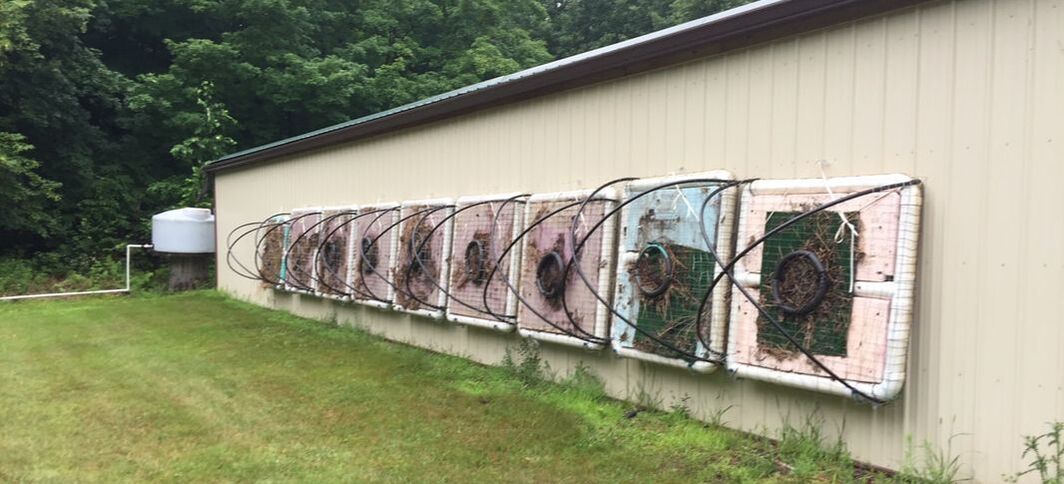
Thank you to Gary and Katie Johnson and Jeff and Paulette Zernov for funding and maintaining our fleet of platforms.
